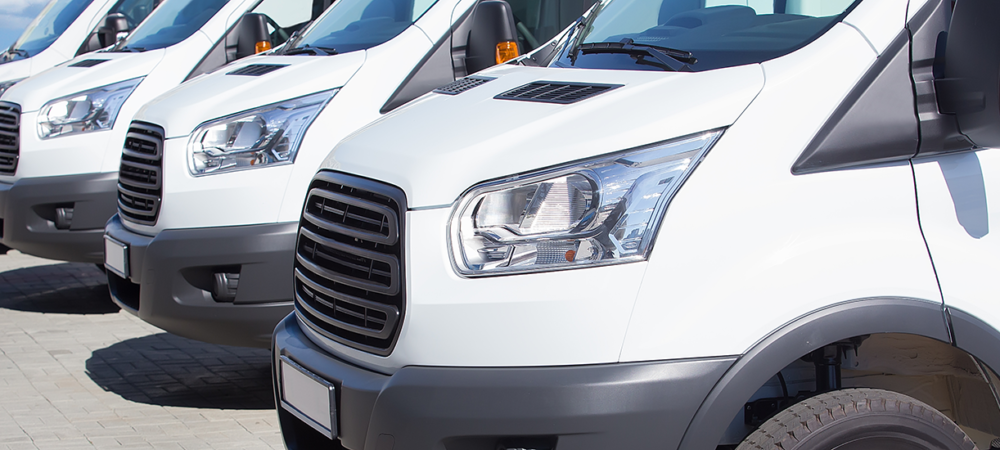In simple terms, purchasing an insurance product is transferring your risk for trading to protect your business from a catastrophe. There are some compulsory requirements to purchase insurance, and motor insurance is one of them. However, there are options available to keep the risk “in house” subject to various financial securities being placed.
All operators of motor vehicles on the public highway have to purchase insurance to cover the costs of any injury or damage to other people or their property, for which you are legally liable.
A self-insurance programme will see the company setting up a facility to pay claims. This can be via a captive insurance company, or cash security account with an insurance policy layer.
Captive Insurance Company
A licensed insurance company is created to place you own insurance requirements.
Any insured who purchases captive insurance must be willing and able to invest its own resources. The insured in a captive insurance company not only has ownership in and control of the company but also benefits from its profitability.
Captive insurers often have significantly less capital than commercial insurers and no protection for the insureds from state guaranty funds. But those who use captive insurance choose to participate in the risks and rewards associated with using their own risk capital, rather than paying to use the capital of commercial insurers.
Other reasons for utilizing captive insurance include:
- Stability in pricing and availability
- Improved cash flow
- Increased control over the programme.
Stability in Pricing and Availability
Pricing stability is achieved over time as a captive matures and expands its own risk retention capability. The more capital that is accumulated, the greater the captive insurer’s ability to retain risk and insulate itself from changes in the commercial insurance market. A captive insurer can also provide stability in the availability of coverage.
Improved Cash Flow
Cash flow improvements are achieved in a number of ways. Losses retained through a captive reduce or eliminate underwriting profits; reduced losses increase them. Because captive insurance inherently offers financial rewards for effectively controlling losses, safety and loss control get a higher level of attention.
The underwriting profits and gains from the invested premiums that would otherwise be held by a conventional insurer are retained by the captive
Finally, cash flow is improved by reducing the expense factors associated with commercial insurance. Generally, insurers allot 60 percent or more of premiums taken in to loss payments, while the other 40 percent or so covers expenses and profits. Captives have far fewer expense components than do commercial insurers.
Increased Control over the Programme
Ownership and control by its insureds distinguish a captive insurer from a commercial insurer.
Captive insurers offer increased control in a number of other ways as well. For one, captive owners have more control over insurance-related services such as safety and loss control, and claims administration. Safety and loss control services established by a captive can be tailored to each participant’s individual needs, resulting in safer workplaces and more favourable loss experience. Claims handling services are unbundled and separately arranged.
Self-Insurance
This is where the policyholder takes back some of the risk normally transferred to an insurance company. Traditionally, a fleet is insured on a comprehensive basis with the policyholder contributing towards the cost of own damage amounts (policy excess).
A self-insurance programme will make the policyholder responsible for paying own damage and third-party claims. A funding vehicle is created, and an insurance policy purchased to cover the catastrophic circumstances.
The actual cost of the insurance policy is significantly reduced, but this saving should be put towards a fund for paying claims. This can be a pot of money in a separate account or a monthly account paid to an claims management company or insurer to pay claims from. As third-party insurance is a compulsory requirement in the UK, a security vehicle will be required to continue to pay claims should the policyholder go bust. This can be a letter of credit or Escrow fund.
The advantages is cost savings in removing a large proportion of IPT and insurer profit. However, you would need to manage the cost of claims and you would need to have a strong balance sheet, provide long-term cash in an Escrow and will still require an insurance company to support this approach.
Any questions? Please don’t hesitate to contact one of our team.
Matthew.collins@ascendbroking.co.uk | Office: 01245 449 060







